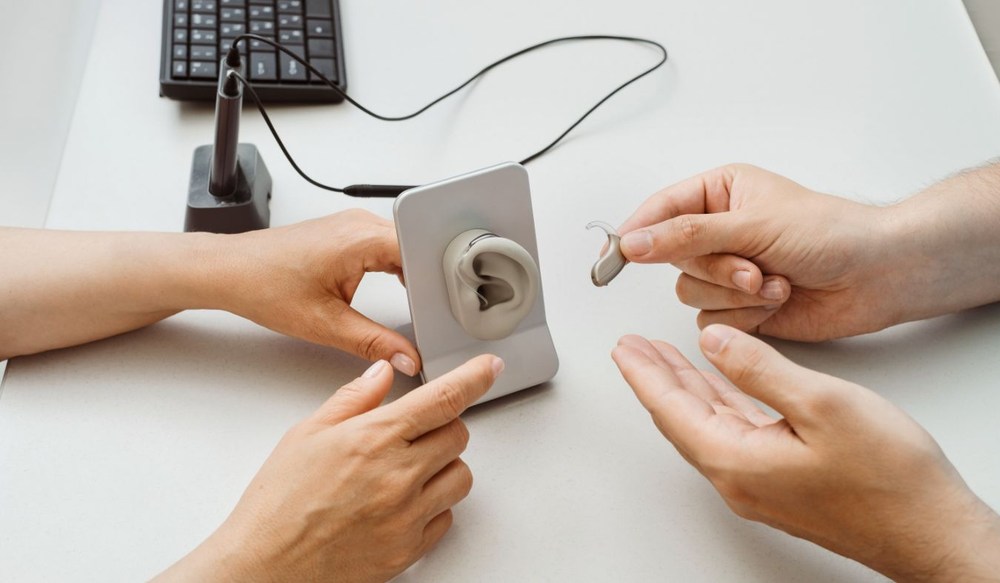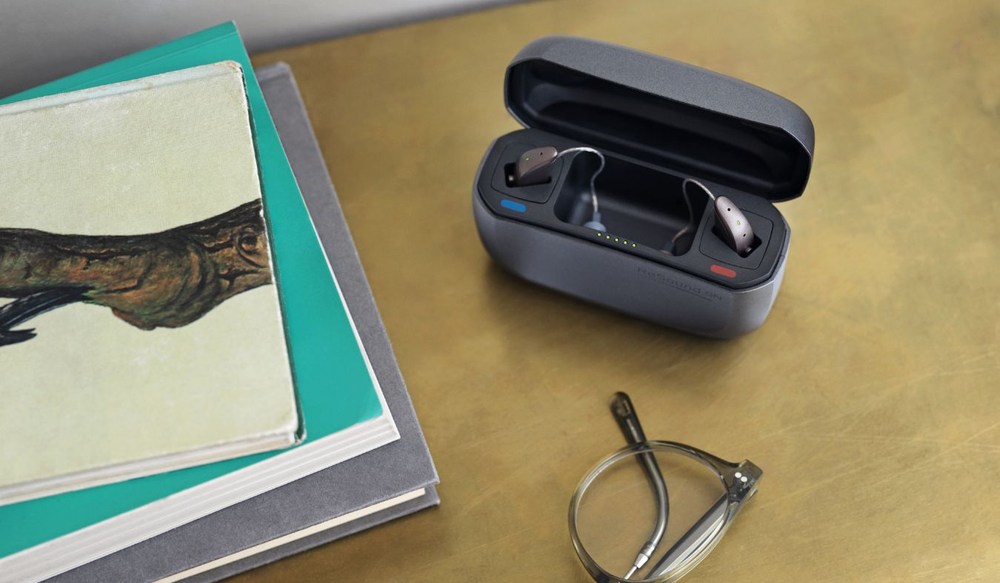There are a couple separate ways to interpret the word “cheap hearing aids”. On the one hand, it implies affordability, a sensible choice for a budget-conscious person. But we’ve all heard the phrase “You get what you pay for”, and in this case, the term “cheap” suggests low-quality hearing aids.
Regrettably, distinguishing between an economical purchase and an item of negligible value is often challenging. When it comes to hearing aids, this couldn’t be more relevant.
The adage “you get what you pay for” is especially relevant with hearing aids. This doesn’t necessarily imply opting for the top-tier option, but rather, scrutinizing offerings that boast a price tag too enticing to be legitimate. Companies marketing inexpensive hearing devices frequently leave out essential details about their products that consumers should be aware of.
Cheaper hearing aids are basically only amplifiers
Cheap “hearing aids” usually offer limited functionality, mainly amplifying or reducing overall volume. If you amplify the volume to hear the TV better, you’ll also get background noises including the dishwasher, a fan in another room, a barking dog, or the sound of your house shoes going across the floor.
If everything is louder, it completely defeats the purpose of using a hearing aid.
Contrastingly, a high-quality, contemporary hearing aid goes beyond mere volume adjustment. It reduces background noise while skillfully managing sound and improving clarity. Real hearing aids simulate natural hearing with great accuracy and are custom programmed to your particular hearing needs.
PSAPs vs. Hearing Aids
There are stringent rules about what an advertiser can call a hearing aid as written by the Food and Drug Administration.
Sadly, there are many devices out there that market themselves as hearing aids when they are actually personal sound amplification products (PSAPs), named such because they can only amplify sound.
There are lots of legit and reputable companies that comply with proper marketing. But there are some sellers, particularly online, that may be misinformed about what defines the difference between hearing aids and PSAPs, and as a result, they put out misleading claims about their products. Some even inaccurately advertise that they are approved by the FDA.
For the majority of types of hearing loss they won’t be helpful at all
The slow loss of hearing usually involves trouble hearing specific frequencies rather than a sudden total loss. For example, you may have no trouble hearing a man with a low voice, but struggle with a woman’s or child’s voice, finding it challenging to understand.
A cheap hearing device typically results in overall volume amplification. But, if you have trouble with specific frequencies, just boosting the volume proves insufficient. And turning up the overall volume could lead to added damage to your hearing because the frequencies you don’t have trouble with will be roaring in your ears.
High-quality hearing aids offer a solution by being programmable to make up for the loss of specific frequencies. They can automatically adjust the frequency you struggle to hear to one that is more audible, providing a more tailored and effective hearing experience.
Feedback can be an issue
Cheap hearing aids are usually not custom fit to your ears. A feedback loop is frequently the result of poorly fitting hearing aids. The microphone picks up the sound from the speaker in your ear as it wiggles around. What does this sound like? An ear-shattering screech.
They normally don’t have cellphone support
When people are looking for a budget-friendly device, they often sacrifice functionality like Bluetooth connectivity. When thinking about phone connectivity, the lack of Bluetooth is a significant obstacle. With cheaper hearing devices, when you attempt to amplify phone calls, your device will amplify every little sound, like your ears or lips rubbing against the phone, or clothing and hair.
More advanced hearing aids are digital and utilize Bluetooth connectivity to connect directly to your phone. This advanced feature ensures that when your daughter talks on the other end, her voice is sent directly into your hearing aids, improving clarity and overall communication.
They were never meant to treat hearing loss
The majority of people would probably be surprised by this. PSAPs were never designed for people with hearing loss. They were made to amplify sound for people who have fairly good hearing.
If you have very mild hearing loss then cheap devices may help a little. But they won’t be of much use for individuals who actually need hearing aids.
Finding quality, affordable hearing aids
There are lots of ways to get hearing aids affordably. They might even be covered by insurance or other third parties. You can also find financing possibilities, leasing plans, and more affordable brands. The first step is to get a hearing assessment if you think you may have hearing loss. Make an appointment with us so we can help you find the best and most affordable hearing aids for your level and type of hearing loss.
References
https://www.fda.gov/medical-devices/consumer-products/hearing-aids



